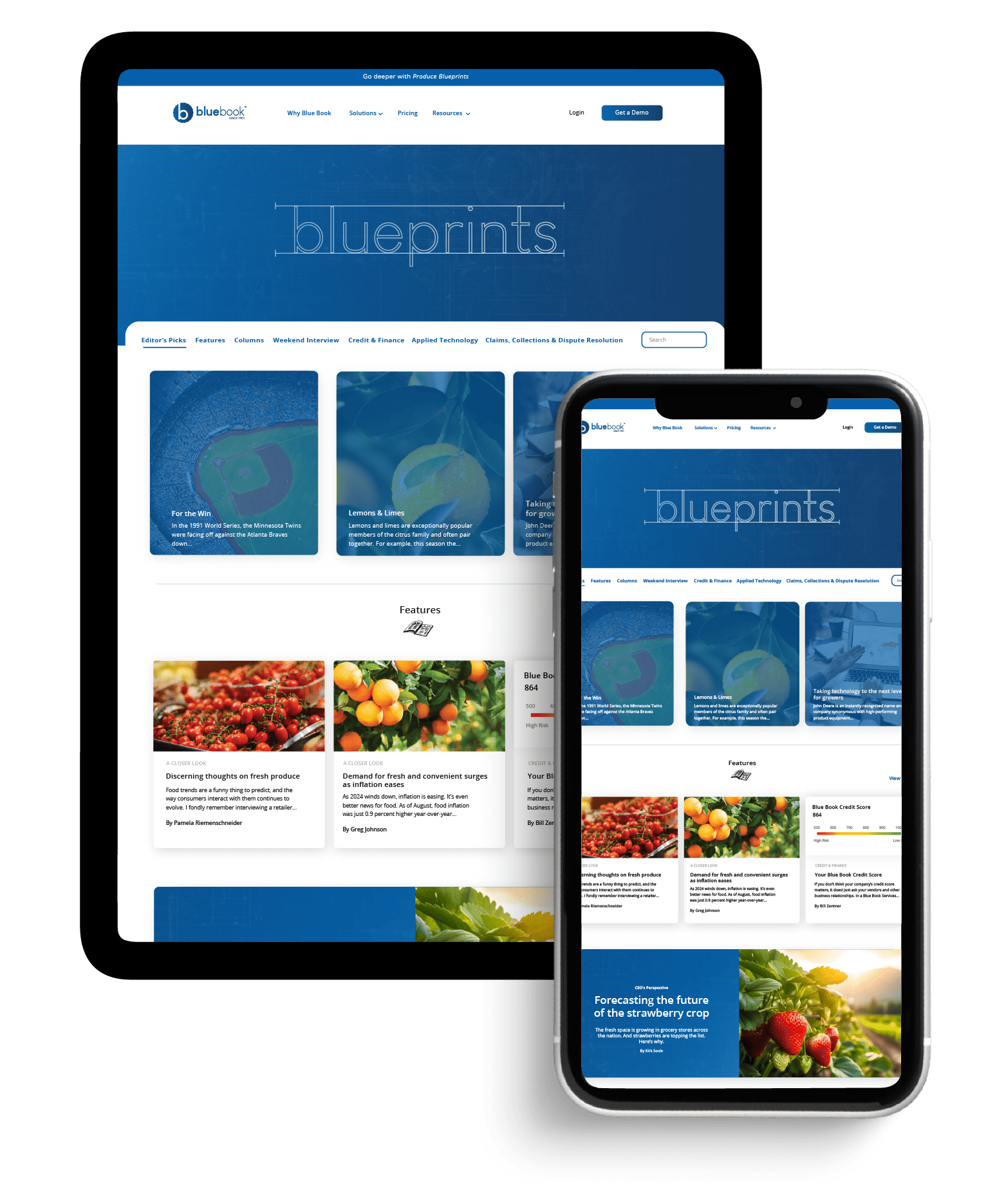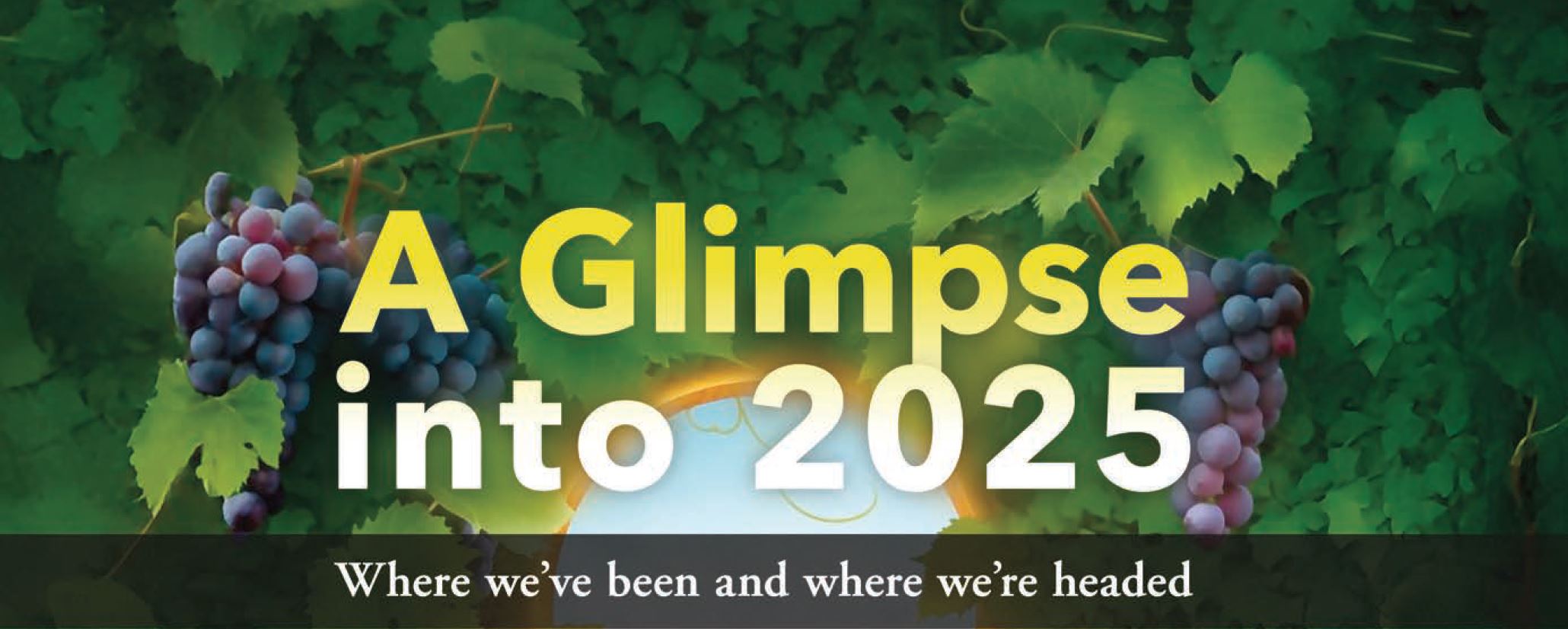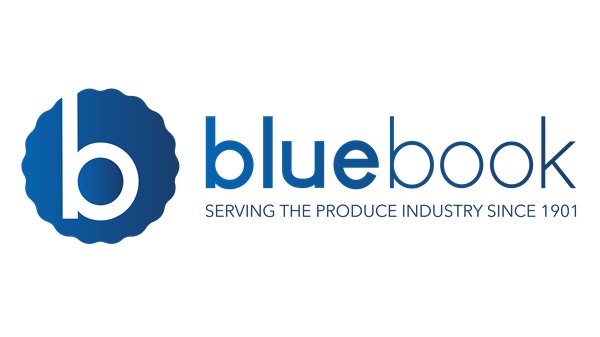
Some of OPMA’s specialties are providing cost-effective marketing programs, both business-to-business and business-to- consumer; acting as a liaison for access to Canadian regulatory bodies like the Canadian Food Inspection Agency; and hosting three annual networking events to help members build relationships. “All our services are valuable,” asserts Zimm, “depending on what is required by each member.”
L’ASSOCIATION QUÉBÉCOISE DE LA DISTRIBUTION DE FRUITS ET LÉGUMES (AQDFL or QPMA)
“Demanding, Dynamic, Efficient”
The AQDFL is known in English as QPMA, or the Quebec Produce Marketing Association, and therein lies one of its challenges. Quebec is Canada’s most Francophonic province, where French is the official language and 78 percent of the population speak it exclusively, but much of the organization’s work involves liaising with English-speaking members and groups. This duality can be problematic, especially from a marketing or labeling point of view.
Fortunately, QPMA’s chief executive officer Sophie Perreault is more than familiar with this challenge and ready to meet it at every turn. Of course, language issues are more or less set, while other trials facing the
QPMA are more in flux—like the exchange rate between the American and Canadian dollars—and its ongoing impact on Canadian produce businesses.
It can be a difficult matter to sort out, but, she notes, it has its advantages as well as its disadvantages. While the currency value is advantagous for the American side, it also provides opportunities for Canadian growers to export more produce to the United States. In turn, America’s loss is Canada’s gain in terms of growing conditions; the consequences of the California drought have also opened up new windows for Canadian produce exporters.
The issue of climate change presents both similarities and differences between growers on either side of the border; while environmental protections have been a priority in Canada longer than in the United States, the country’s commitment to reducing emissions to slow climate change faltered under the Harper administration, it will be reprioritized under the new Trudeau government.
“Climate change and its impact on crops will be among the biggest issues facing the Canadian produce industry over the next five years,” Perreault insists, and navigating the legislation and changes is a major part of QPMA’s services for members. “We offer lobbying and assistance with government relations, as well as networking and promoting fruit and vegetable consumption through continuous information.”
Perreault points out that Canada faces other unique challenges, including the regional differences and distinctions between provinces. But through QPMA’s work to promote, facilitate, and support partnerships between industry players, she has seen many positive changes come about. “We’ve seen a strengthening of relationships between growers and retailers, making them more able to respond to consumer trends of buying local and organic produce,” Perreault notes.
“This has led to a multiplicity of produce, whatever the season and weather conditions. A few years ago, for example, clementine (mandarin oranges) were only available for three months out of the year; now they are available almost all year long. We have a demanding consumer base, but also a dynamic market that is ready to meet its needs.”
THE FUTURE
No one, not even these industry association heads, has a crystal ball that can predict what will have the greatest impact on the produce trade over the next five years. Yet all three—Lemaire from CPMA, Zimm from OPMA, and Perreault from QPMA—pointed to several common factors: food safety, sustainability, the power of social media, and the emergence of new technologies as the most likely to impact the future of Canadian produce.






